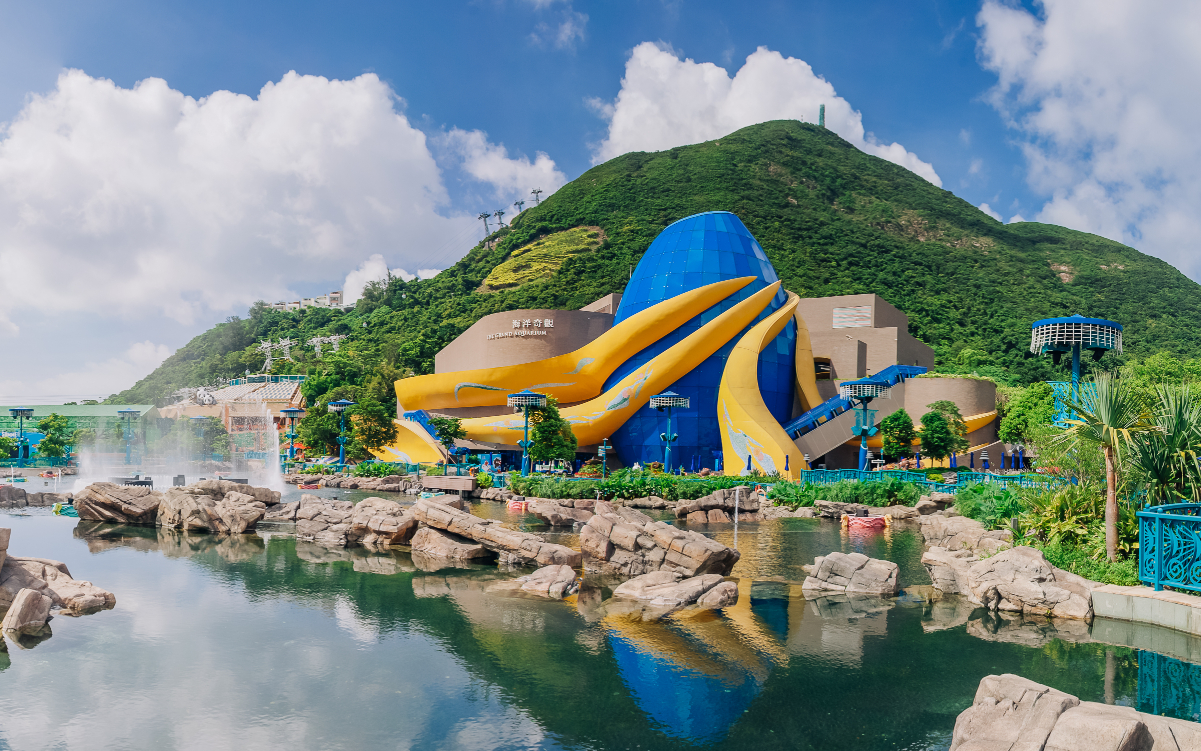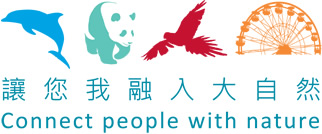Dolphin survivorship statistics in facilities under human care and in the wild are very similar. There is also evidence that the dolphins under human care are outliving their counterparts in the wild due to the good nutrition and good care that they receive, even in their old age.
Much has been learned about dolphins, their biology, physiology and behaviour over the past fifty plus years that they have been under human care. Important information about managing small populations to maintain genetic diversity and longevity in the population, disease recognition and treatments, as well as their biology such as how their spatial perception through sight and echo-location relates to each other.
Dolphins under human care also have inspired millions of visitors worldwide to care more for dolphins and the oceans through the educational presentations and courses provided by zoological facilities, which includes Ocean Park.
When Ocean Park first acquired dolphins in 1974, little was known about dolphins in general and almost nothing known about the species of bottlenose dolphins, Tursiops aduncus, found here in Asian waters. In fact, little was known about any of the cetaceans found in Asian waters before Ocean Park founded the Ocean Park Conservation Foundation in 1993 to support marine mammal research in this region. Since the founding of OPCFHK, over $14 million has been spent on over 100 projects to support cetacean conservation across Asia through research studies, community education and capacity building of young conservationists.
The Park takes its responsibility seriously and in addition to the millions of dollars spent on cetacean conservation, it has invested tens of millions of dollars into research and infrastructure to continue to improve the lives of the dolphins under its care.
One such research study was a comprehensive study on the causes and prevention of a respiratory disease affecting humans and mammals, melioidosis, in cetaceans by a lead veterinarian at Ocean Park in the early – to – mid nineties and head of the research department until before retiring in 2007. The study published in 2003, was supported by Ocean Park and the findings have helped the Park to better understand this disease and develop treatments that save dolphins’ lives. Between 2002 and 2009, two dolphins have died from melioidosis, with the last case occurring in 2005. Research into this disease continues at Ocean Park, as new treatments are able to prevent mortalities.
Currently, Ocean Park has a total of 16 dolphins, over 50% of which have been born in zoological facilities whist the majority of the remaining dolphins are here on breeding loans. Our oldest dolphin arrived in Ocean Park early 1978! Ocean Park is the world's first aquarium to breed the dolphins by artificial insemination.
Ocean Park is proud of our team and the research we have initiated which led to the dramatic positive results now shared and practiced by marine parks around the world.







